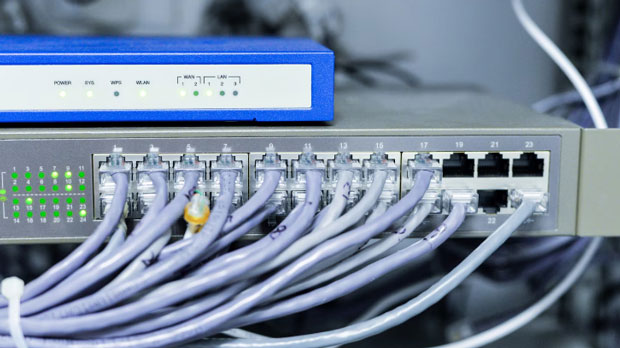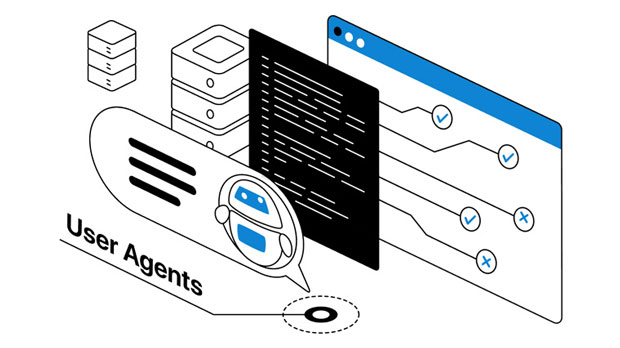When it comes to choosing a stable and reliable free socks5 proxy from the U.S., users often face challenges in finding a provider that guarantees security, speed, and uninterrupted service. socks5 proxies offer a higher level of anonymity by not modifying the traffic, making them ideal for those who need privacy while browsing, streaming, or engaging in online activities. However, many free options can come with limitations, such as slow speeds, downtime, and potential security risks. To ensure a positive experience, it is important to consider factors such as performance, security, and reliability. This article will guide you through the process of selecting the right free socks5 proxy, with a focus on crucial elements to ensure both stability and security. Understanding SOCKS5 Proxy and Its BenefitsA SOCKS5 proxy is an internet protocol that allows users to route their internet traffic through an intermediary server. This means that instead of directly connecting to websites or services, your internet requests are made through the proxy server, making it harder for third parties to track your online activities. SOCKS5 is an updated version of SOCKS4, offering improved performance and added flexibility, particularly in handling different types of internet traffic, including P2P and torrents. Unlike other proxy types, SOCKS5 does not modify the data packets, which helps in ensuring the data remains intact and reduces the chances of interference with sensitive content.The benefits of using SOCKS5 proxies are clear:- Anonymity: Your real IP address is hidden, and all traffic appears to come from the proxy server.- Speed: SOCKS5 proxies generally offer faster speeds compared to other proxy types, as they do not perform deep packet inspection.- Compatibility: SOCKS5 works with a wide range of internet protocols, which makes it more versatile compared to traditional HTTP proxies.Despite these advantages, free SOCKS5 proxies can have various drawbacks, especially when it comes to stability and reliability. Thus, choosing the right one requires careful evaluation.Key Factors to Consider When Choosing a Free SOCKS5 ProxyWhile free proxies may seem attractive, they often come with trade-offs, such as slow speeds, limited server options, and security risks. However, some free SOCKS5 proxies can still offer decent performance if you keep the following factors in mind:1. Server Locations and SpeedThe location of the proxy server is crucial for determining how fast and responsive the service will be. If you need a proxy for specific purposes like accessing U.S. content or websites, a server located within the United States is essential. When choosing a free SOCKS5 proxy, ensure that the server's geographical location aligns with your needs.Speed is another major consideration. Free proxies often have limited bandwidth, which can lead to slower connection speeds and higher latency. If speed is a priority—especially for activities like streaming, gaming, or downloading large files—look for proxies that have servers known for maintaining reasonable speeds even with free access. However, be aware that the highest speeds are often reserved for premium services.2. Security and PrivacyOne of the primary concerns when using free SOCKS5 proxies is security. Not all free proxies offer the same level of encryption or protection against malicious activities. Some may even log your browsing activity or inject ads into your browsing session. To protect your privacy and ensure the security of your personal data, check the provider's privacy policy (if available) to verify their commitment to no-logs practices.Also, it is essential to ensure that the proxy uses secure connections (such as HTTPS) to encrypt your traffic. A good SOCKS5 proxy will not only mask your IP but also safeguard sensitive information from potential threats like man-in-the-middle attacks.3. Uptime and ReliabilityReliability is a crucial factor when selecting a proxy, especially if you need consistent access to certain websites or services. Free SOCKS5 proxies often suffer from poor uptime, meaning that they might go offline frequently or experience long periods of inactivity. If you're using the proxy for essential tasks, constant downtimes can be frustrating and disrupt your work.Some free proxies may prioritize paid users and offer limited resources to free-tier users, resulting in slow speeds or disconnections during peak usage times. Therefore, it is vital to monitor the proxy’s performance and reliability over time. Look for proxies with positive user feedback regarding their uptime and minimal interruptions.4. Bandwidth and Data LimitsMany free SOCKS5 proxies impose strict data limits or bandwidth caps, which can quickly limit your usage. If you're planning to use the proxy for streaming, torrenting, or large data transfers, ensure that the proxy offers a decent amount of bandwidth. Check if the free proxy service offers unlimited bandwidth or if there are restrictions that could impede your activity.For basic browsing tasks, the bandwidth provided by free SOCKS5 proxies may suffice, but for more data-intensive activities, a proxy with higher data limits or no caps is preferable. This is often where premium proxies outperform free options, but for light users, a free service may still be functional.5. User Reviews and Community FeedbackBefore committing to any free SOCKS5 proxy, take the time to read user reviews and community feedback. Real user experiences can provide valuable insights into the proxy's performance, reliability, and security. Look for feedback regarding the proxy’s uptime, speed, and customer support (if applicable). Online forums and tech communities often discuss the pros and cons of free proxies, helping you avoid those with significant issues.Although free proxies might not come with dedicated customer support, active user communities can offer troubleshooting tips or alternatives if you encounter issues.6. Avoid Proxies with Malicious IntentionsFree proxies are sometimes exploited by malicious actors to gather personal data or serve malicious ads. Some proxies may inject harmful software into your browsing session, compromising your device's security. To avoid falling victim to such attacks, be wary of proxies that seem too good to be true or ones that ask for unnecessary permissions.Choose proxies that have been reviewed and recommended by trusted sources. If possible, select proxies that do not require you to install additional software, as this can minimize the risk of malicious installations.7. Testing and Trial PeriodsWhenever possible, test the free SOCKS5 proxy before fully committing to it. Some free proxies offer a trial period or allow you to use the service with limited access. This gives you the chance to assess whether the proxy meets your needs in terms of speed, security, and reliability. Testing is particularly important if you plan to use the proxy for high-priority activities like streaming or gaming, as this will help you determine if the proxy can handle the demands of your tasks.ConclusionChoosing a stable and reliable free SOCKS5 proxy from the U.S. requires careful evaluation of several factors, including server location, security, speed, reliability, and user feedback. While free proxies can provide a cost-effective solution for anonymous browsing, it’s essential to be aware of the limitations and potential risks associated with using such services. By considering the factors mentioned in this article, you can make a more informed decision and select a proxy that best suits your needs, ensuring both a positive and secure online experience.In the end, while free SOCKS5 proxies might work well for occasional use, it is often worth considering premium options for consistent, high-quality service.
Dec 27, 2024






















































